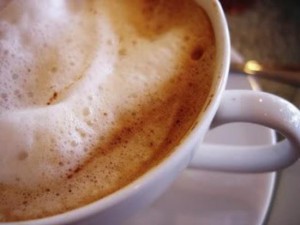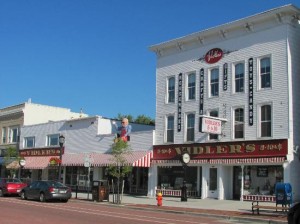When asked by prospectives what Houghtonites “do for fun,” students can direct them to the carefully worded “101 Things to Do” on the Houghton website, sporting events, CAB activities, lectures, and concert series. Or students can tell them the truth that, for the most part, they simply make their own fun, and one of the ways they do this is by preparing food. Houghton students make a lot of food.
From Muggins and waffle-ice-cream birthday concoctions in the Dining Hall to cookies, pastas, vegan muffins, banana breads, curries, rice, Mac-n-Cheese, and stir-fry, Houghton students, like so many in the world, find community through food.
Facebook is awash with pictures and comments on the food Houghton students create and share. The location and equipment of Shenawana Hall’s basement kitchen is more of a hall rumor than a source of community, but the other dorms, townhouses, and CLOs are full of students meeting their basic human needs with flare, generosity, and plenty of pure vanilla.

A Christian lifestyle and the Houghton location invites many to an even more thoughtful and gracious relationship to food and food sources. Shopping at the co-op embodies necessity, community, and blessing intertwined and is a lifestyle choice which engages the local economy in a stewardship-minded fashion.
Houghton students were provided with ample opportunities to explore both their relationship to food and food’s relationship to faith during PRAXIS week. The upcoming season of Lent is a time of fasting and contemplation, a chance for all participants to reevaluate their personal idols, dependences, and priorities through food restriction. Yet even during Lent, fasting is meant to be followed by feasting, and the Christian Sabbath becomes a focused time of fellowship and community.
My roommates gave me a taste of this community the other day with a spontaneous snack, made from ingredients as local as possible — our yard. They doled out “snow ice-cream,” Paula Dean-approved and Professor Lipscomb-recommended, from a large Christmas-red bowl. We topped it with a reheated peanut-butter-and-chocolate mixture — the failed coating for a batch of Puppy Chow — and sat around the table, giggling like children and eagerly devouring the sweet, cold concoction.
So on Sundays, when your Lenten fast is put on hold for Jesus-approved feasting, make your own fun by making your own food — like snow ice cream! — to share with Houghton friends and family. To make snow ice cream: Combine 12 cups snow and one 14 oz. can sweetened condensed milk. Serve with topping of choice.

